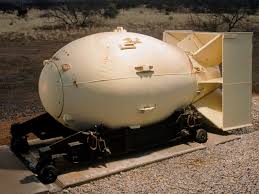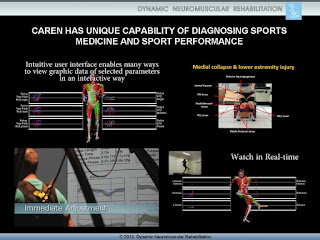Study Guide
Final review. Desma 9 Event blog- descriptive subtitles to photos Relating the event to lectures giving specific examples Blog summary: 300-500 words june 9th 11:59 pm Can you summarize the core concepts of the class not a overview Looking at the patterns of the over theme of class How you have changed since being in the class Talking about what you got out of all the blog you made throughout the quarter. Compied blogs: you just copy and paste with the images Events at the end. Go back through blog post and revise. It's an ungraded assignment but mandatory. And will be helpful to revise. Essay: June 11 11:59pm 1500-2000 words, double spaced 5-10 images 10 references, 20 in bibliography Links under the photos Put major on the paper References will be references in the order you referenced it in. Image sources should be posted at the very end of bibliography Google scholar Accepted material: books, articles, I plan on writing








